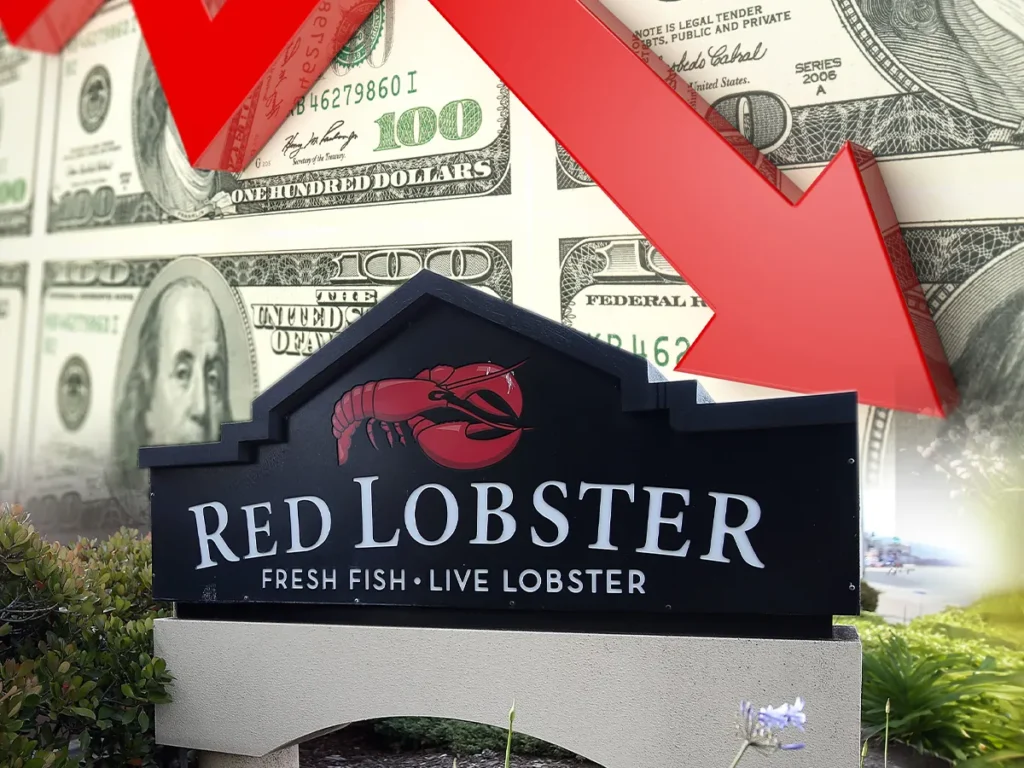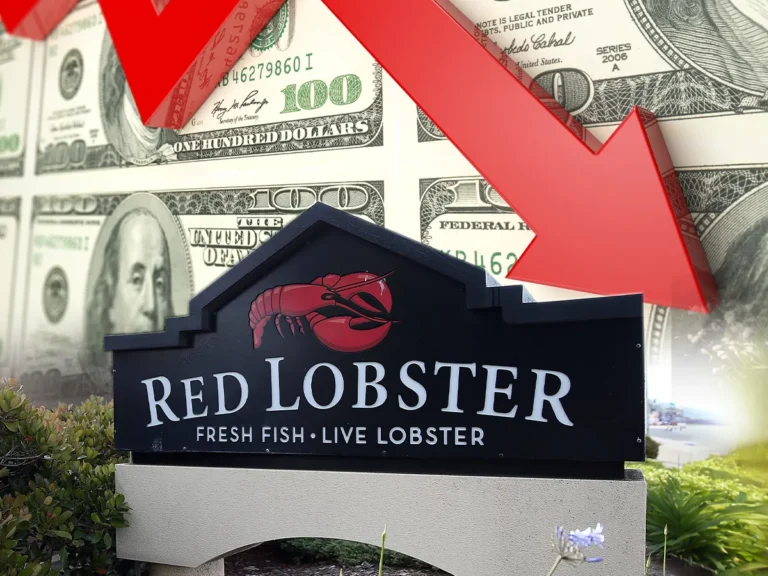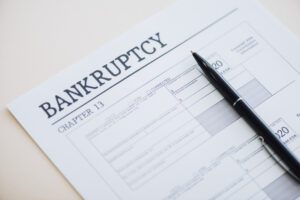Red Lobster Chain Faces Financial Restructuring
Red Lobster, the beloved casual dining chain known for bringing seafood to the masses with signature dishes like popcorn shrimp and “endless” seafood deals, has filed for Chapter 11 bankruptcy protection. This significant development marks a crucial turning point for the 56-year-old brand, impacting its operations, employees, and stakeholders. As an iconic player in the restaurant industry, Red Lobster’s decision to undergo financial restructuring highlights the challenges and transformations facing the sector today.
Chapter 11 Bankruptcy Explained
Chapter 11 bankruptcy is a legal process that allows businesses to reorganize their debts and operations while continuing to operate. Unlike Chapter 7, which involves liquidating assets to pay off creditors, Chapter 11 aims to restructure a company’s obligations to improve financial stability and pave the way for future growth. Chapter 13, on the other hand, is typically reserved for individuals with a regular income, focusing on debt repayment plans.
Typical Chapter 11 Process
Chapter 11 process typically involves several key steps:
- Filing the Petition: The process begins with the company filing a petition in bankruptcy court.
- Developing a Reorganization Plan: The company works with its creditors to create a plan that outlines how it will restructure its debts and operations.
- Negotiating with Creditors: The plan is subject to approval by the court and the creditors, who may negotiate the terms to protect their interests.
Throughout this process, the court plays a supervisory role to ensure fair treatment of all parties involved.
Impact on Red Lobster: Operational and Financial Changes
Immediate Changes
In the wake of its bankruptcy filing, Red Lobster has announced several operational changes aimed at stabilizing its finances. The company plans to close underperforming locations and streamline its business operations. In North Carolina, four locations—Burlington, Cary, Durham, and Rocky Mount—have temporarily closed, reflecting the chain’s efforts to reduce costs and focus on more profitable markets. As part of the restructuring plan, Red Lobster entered into a “stalking horse” agreement, involving a pre-arranged bid from an interested buyer to set the minimum acceptable bid in an auction. This strategy helps establish a baseline value for the company’s assets and ensures a more competitive bidding process.
Financial Restructuring
Red Lobster intends to address its financial challenges through debt reorganization and potential asset sales. The restructuring plan involves working closely with lenders to stabilize the company’s finances and explore opportunities for selling parts of the business. This approach aims to reduce the company’s debt burden and provide a clear path to financial recovery.
Effects on Employees and Stakeholders
Red Lobster employs approximately 36,000 people across its U.S. and Canadian locations. The restructuring process may bring uncertainty regarding job security and working conditions. Additionally, suppliers, franchise owners, and other stakeholders might experience disruptions as the company navigates its reorganization. The goal is to minimize negative impacts while ensuring long-term sustainability for the brand.

The Road to Bankruptcy
Red Lobster was founded by Bill Darden in 1968 with the vision of making seafood accessible and affordable for families. Over the decades, the chain grew to become a major player in the seafood restaurant industry, reaching its peak with 679 locations in 2012. Despite its early success, Red Lobster faced increasing competition and operational challenges that contributed to its financial difficulties.
Recent Struggles
In recent years, Red Lobster struggled to keep up with changing consumer preferences and rising operational costs. Notably, the “Ultimate Endless Shrimp” promotion in 2023, which offered unlimited shrimp for $20, resulted in significant financial losses for the chain. Increased competition from faster, cheaper restaurant chains also added to Red Lobster’s woes, making it difficult to maintain profitability.
“This slow-moving train wreck has been in motion for 20 years now,” said Aaron Allen, founder of the restaurant consulting firm Aaron Allen & Associates.
What This Means for Red Lobster’s Future
Despite filing for Chapter 11 bankruptcy, Red Lobster’s 600 locations will continue to operate during the restructuring process. The company’s leadership is focused on emerging stronger and more focused on growth post-restructuring. This continuity is crucial for maintaining customer loyalty and stabilizing the business.
What’s Next?
Looking ahead, several scenarios could unfold for Red Lobster. The company may be sold to new ownership as part of the restructuring process, potentially leading to changes in its business model and strategy. Industry experts predict that with the right adjustments, Red Lobster could re-establish itself as a prominent player in the market.
The Importance of Legal Guidance in Navigating Bankruptcy
Guidance
Navigating the complexities of Chapter 11 bankruptcy requires professional legal advice. Bankruptcy lawyers play a crucial role in helping businesses like Red Lobster develop a reorganization plan, negotiate with creditors, and comply with legal requirements. Their expertise ensures that the process is handled efficiently and effectively.
Customized Legal Solutions
Legal professionals can tailor strategies to the specific needs and challenges of a business, offering customized solutions that address unique circumstances. For Red Lobster, this might involve negotiating lease terms, restructuring debts, and exploring potential asset sales.
Secure Your Business’s Future with Stubbs & Perdue
Red Lobster’s journey through Chapter 11 bankruptcy is a testament to the resilience and adaptability required in today’s competitive restaurant industry. While the road ahead is challenging, the potential for recovery and growth remains strong. By staying informed and seeking professional advice, stakeholders and business owners can navigate financial difficulties and secure a brighter future for their enterprises.
If your business is facing financial challenges, don’t wait until it’s too late. Contact Stubbs & Perdue for a free consultation to explore your legal and financial options. With over 50 years of experience in bankruptcy law, Stubbs & Perdue is committed to helping businesses navigate complex financial landscapes and achieve stability.
Disclaimers:
This blog content is for informational purposes only and does not constitute legal advice. Reading this blog does not create an attorney-client relationship. Each legal situation is unique, and results cannot be guaranteed.





